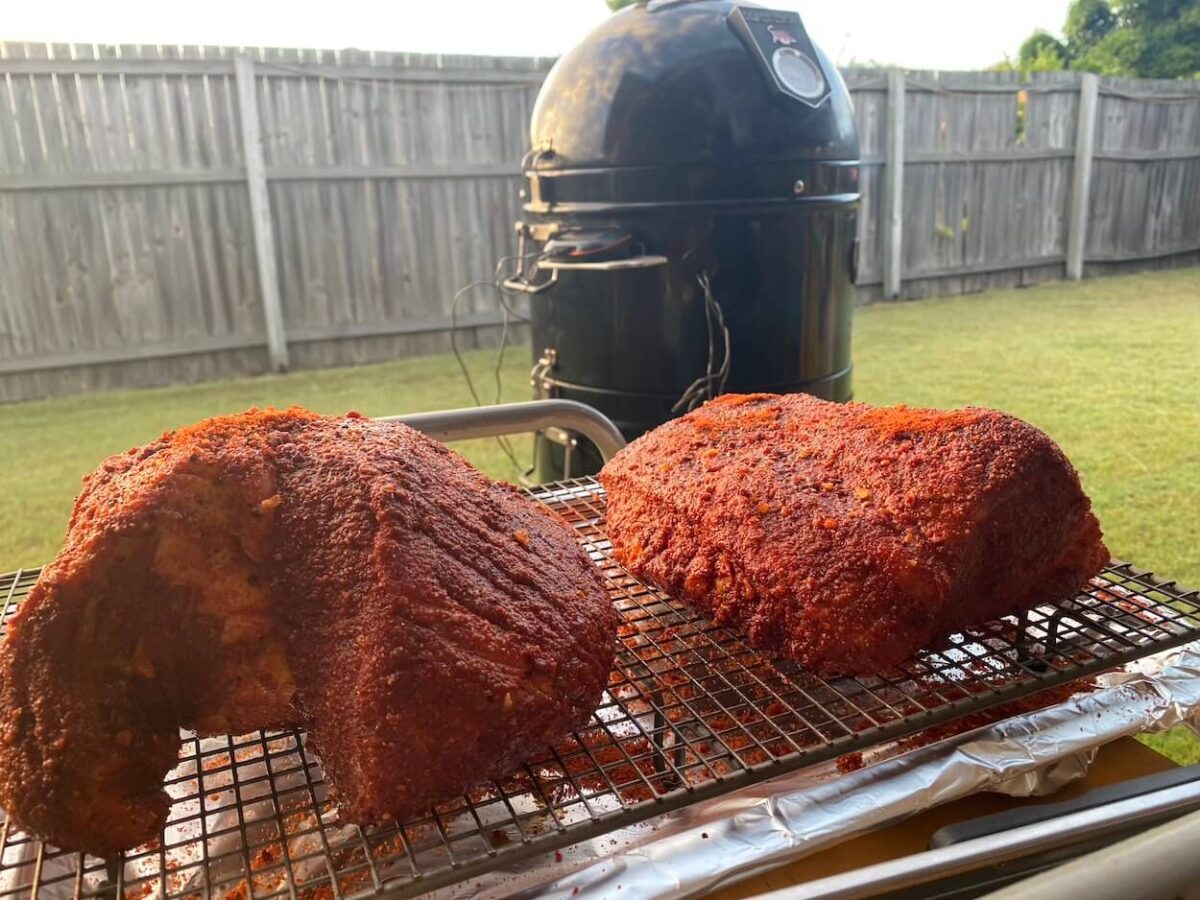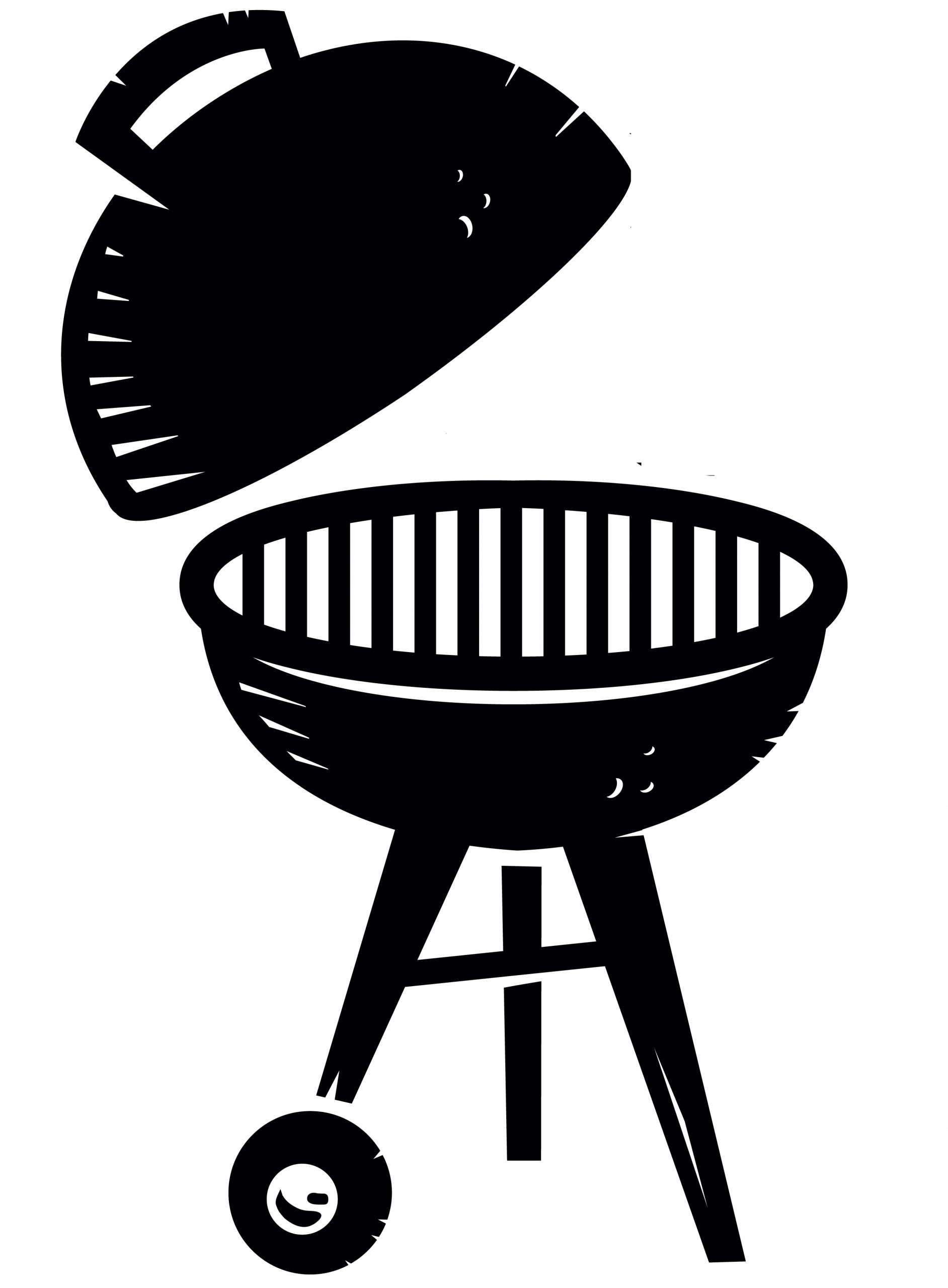Barbecue has always held a special place in the hearts of cooking enthusiasts, but barbecue braising is a revolutionary technique that merges the best aspects of grilling and slow cooking. This approach is fantastic for infusing meats with rich flavors while ensuring they remain succulent and tender. In this thorough guide, we’ll delve into the details of barbecue braising, from its foundational concepts to expert tips that will help you excel at this versatile cooking method.
Understanding Barbecue Braising
Barbecue braising is a unique cooking method that consists of two key phases: first, searing the meat over high heat on the grill, followed by a slow-cooking process in a liquid (such as broth, beer, or a marinade) to achieve a tender, flavorful outcome. This technique effectively combines the benefits of direct grilling—often risky for tougher cuts—and traditional braising, which gently breaks down meat fibers using low heat.
The process begins with a high-heat sear that locks in moisture and provides that beloved smoky, caramelized flavor. Following this, the meat is cooked slowly in a covered pot or foil pouch with a savory liquid, resulting in a melt-in-your-mouth texture ideal for cuts like pork shoulder, ribs, brisket, and even vegetables.

The Benefits of Barbecue Braising vs. Conventional Grilling
Although conventional grilling is known for its quick cooking times at high temperatures, barbecue braising stands out for its ability to develop deeper flavors and a sumptuous texture. Here’s why you should consider incorporating barbecue braising into your cooking routine:
- Tenderizing Tough Cuts: Collagen-rich cuts like brisket, short ribs, and pork shoulder greatly benefit from the slow-cooking aspect of braising.
- Flavor Enhancement: The liquid used in the braising process infuses the meat with a variety of flavor profiles, from smoky and spicy to sweet and tangy.
- Moisture Retention: Unlike traditional grilling, which can lead to dryness, braising helps retain moisture thanks to the cooking liquid.
- Versatility: This technique can be applied to various proteins and even vegetables, allowing for diverse culinary creations.
Essential Ingredients for Effective Barbecue Braising
To achieve outstanding results with barbecue braising, selecting the right ingredients is crucial. Here are the main components to consider when preparing to braise meats on the barbecue:
1. Choosing the Right Meat
Almost any meat can be braised, but tougher cuts with more connective tissue are particularly suited for this method. Here are some popular options:
- Brisket: This dense cut benefits immensely from low and slow cooking.
- Pork Shoulder (or Butt): Rich in fat and collagen, this cut becomes remarkably tender through braising.
- Short Ribs: Known for their marbling, short ribs develop a rich beef flavor when braised.
- Chicken Thighs: These maintain moisture and absorb flavors well, thanks to their higher fat content compared to breasts.
2. Selecting a Braising Liquid
The liquid you choose plays a critical role in the dish's overall flavor profile. Consider these excellent options:
- Beer or Ale: Adds depth and a slightly bitter note, particularly effective with pork or beef.
- Wine: Use red wine for beef and white wine for chicken to enhance richness.
- Broth: Chicken, beef, or vegetable broth imparts a savory touch.
- Vinegar: Apple cider or balsamic vinegar provides a balancing acidity against fat.
- Barbecue Sauce: Incorporating sauce into your braising liquid lends sweet and tangy notes, perfect for classic BBQ recipes.
3. Flavor Boosters: Aromatics and Spices
Enhance the flavor of your braising liquid with a blend of aromatics and spices:
- Onions and Garlic: These foundational flavors complement almost any meat.
- Herbs: Rosemary, thyme, and bay leaves introduce an earthy complexity.
- Spices: Paprika, cumin, black pepper, and chili flakes offer warmth and spice.
- Sugar: Brown sugar or molasses can introduce a sweet, caramelized layer of flavor.

Step-by-Step Guide to Barbecue Braising
Successfully mastering barbecue braising requires balancing high-heat searing with low-temperature cooking. Follow these steps for flawless results every time:
Step 1: Prepare and Sear
Start by preheating your grill for direct heat. Aim for a high temperature of around 400°F to 450°F. Sear the meat on all sides to create a crust that seals in juices and imparts smoky flavor. Depending on the cut, this should take about 5-10 minutes.
Step 2: Craft the Braising Liquid
While searing, prepare your braising liquid in a heat-safe pan. Combine your selected liquid (beer, broth, or wine) with your chosen aromatics, herbs, and spices. Simmer to allow the flavors to combine.
Step 3: Braise on the Grill
After searing, transfer the meat to a covered pan or heavy-duty aluminum foil. Pour the braising liquid over the meat until it’s about halfway submerged. Seal the pan tightly with foil or a lid and place it on the cooler side of the grill for indirect heat.
Reduce the grill’s temperature to around 300°F and let the meat cook for several hours. This is when collagen breaks down, resulting in tender meat. Larger cuts, like brisket or pork shoulder, may require 3-4 hours of braising.
Step 4: Finish with Searing and Sauce Glazing
Once the meat is fork-tender, remove it from the braising liquid. For an added burst of flavor, give it one last sear over direct heat for 5-7 minutes, brushing it with your favorite barbecue sauce for a sticky, caramelized finish.
Step 5: Rest and Serve
Allow the meat to rest for 10-15 minutes before slicing or shredding. This resting period ensures juices are redistributed, enhancing tenderness and flavor.

Expert Tips for Mastering Barbecue Braising
While the fundamentals of barbecue braising are straightforward, a few advanced techniques can elevate your barbecue prowess:
1. Double Braising for Richer Flavor
For even more intense flavor, consider double braising. After the first braise, strain the liquid and reduce it by simmering to concentrate the flavors, then use this enhanced liquid for a second braise.
2. Infusing Smoke into the Braising Process
Adding wood smoke to your braising technique is an excellent way to enhance the barbecue flavor. After searing, introduce soaked wood chips (like hickory, mesquite, or applewood) to the grill during the braising stage for a smokier profile.
3. Braising with Dry Rubs
Applying a dry rub to the meat before braising adds an additional layer of seasoning and spice that penetrates the meat during cooking. A classic BBQ rub could include salt, pepper, paprika, garlic powder, and brown sugar.
4. Controlling Time and Temperature
Maintaining a steady low temperature throughout the braising is critical. Utilize a grill thermometer to keep the temperature between 275°F and 300°F. Too much heat can dry out the meat, while insufficient heat will unnecessarily prolong cooking time.
Conclusion: Enhance Your Barbecue Skills with Braising
Braising has long been a staple for professional chefs, but its application in the barbecue realm opens up a new world of culinary possibilities. By combining the high-heat sear of grilling with the gentle tenderness of braising, you can transform tough cuts of meat into irresistible dishes that are both flavorful and tender. Whether you're hosting a casual backyard get-together or striving to perfect your next barbecue competition entry, barbecue braising is the ultimate technique to elevate your grilling game.
